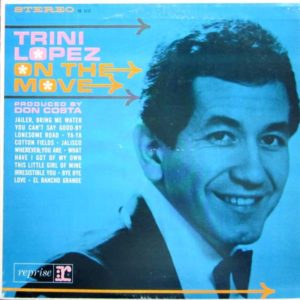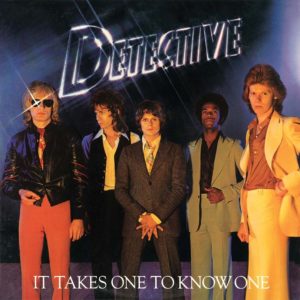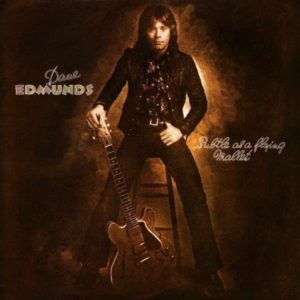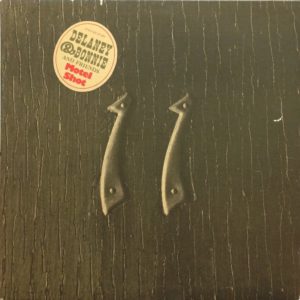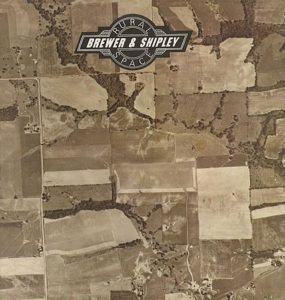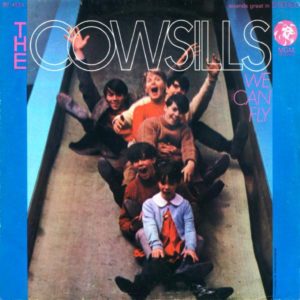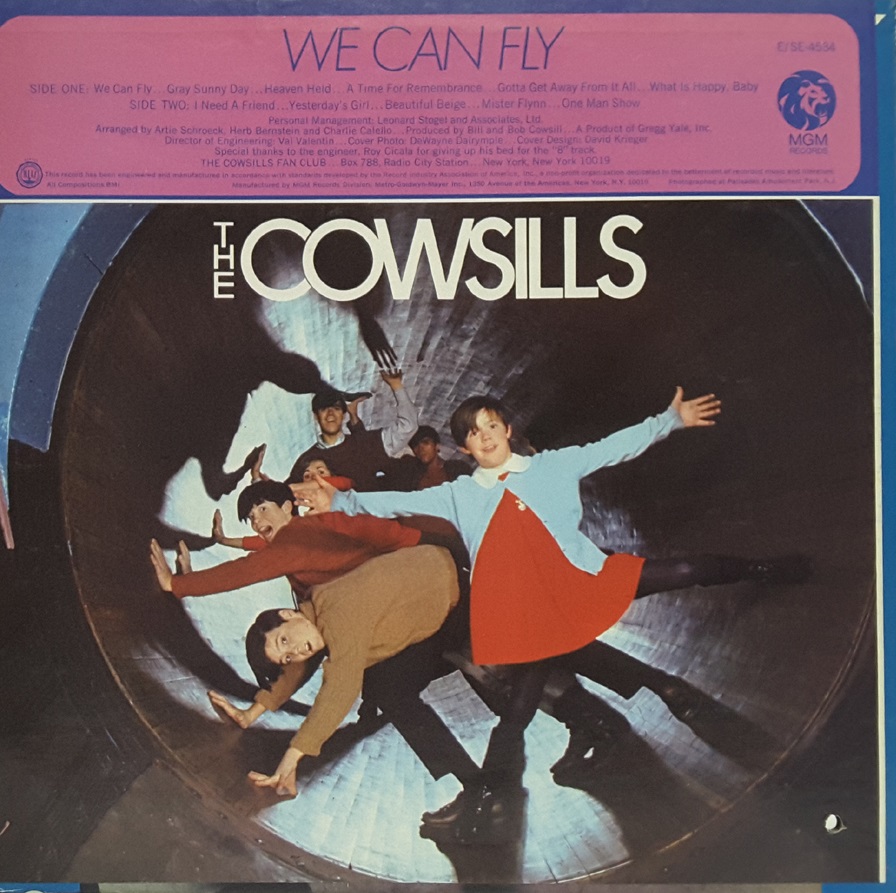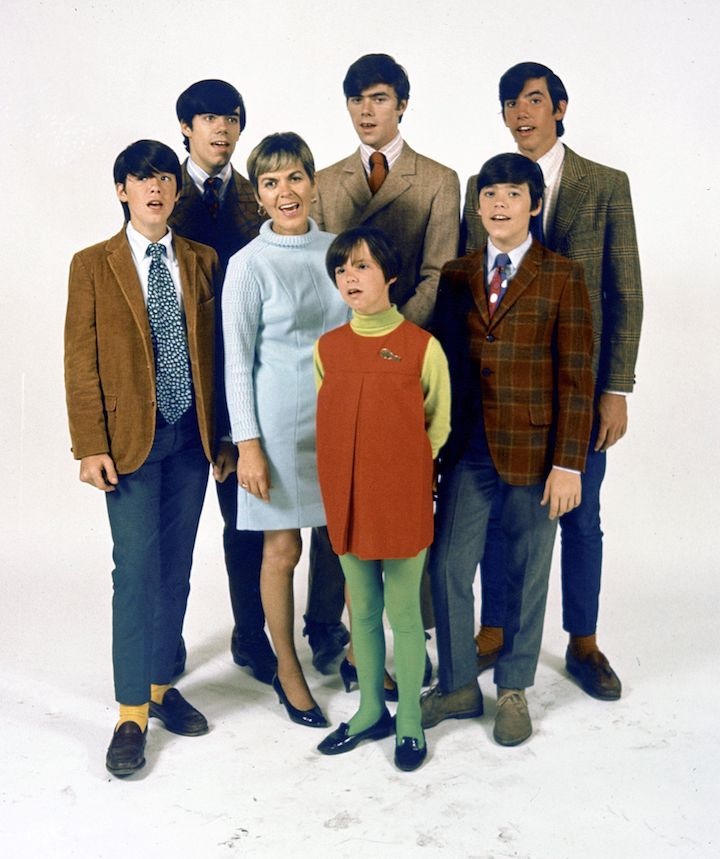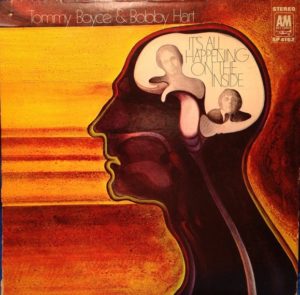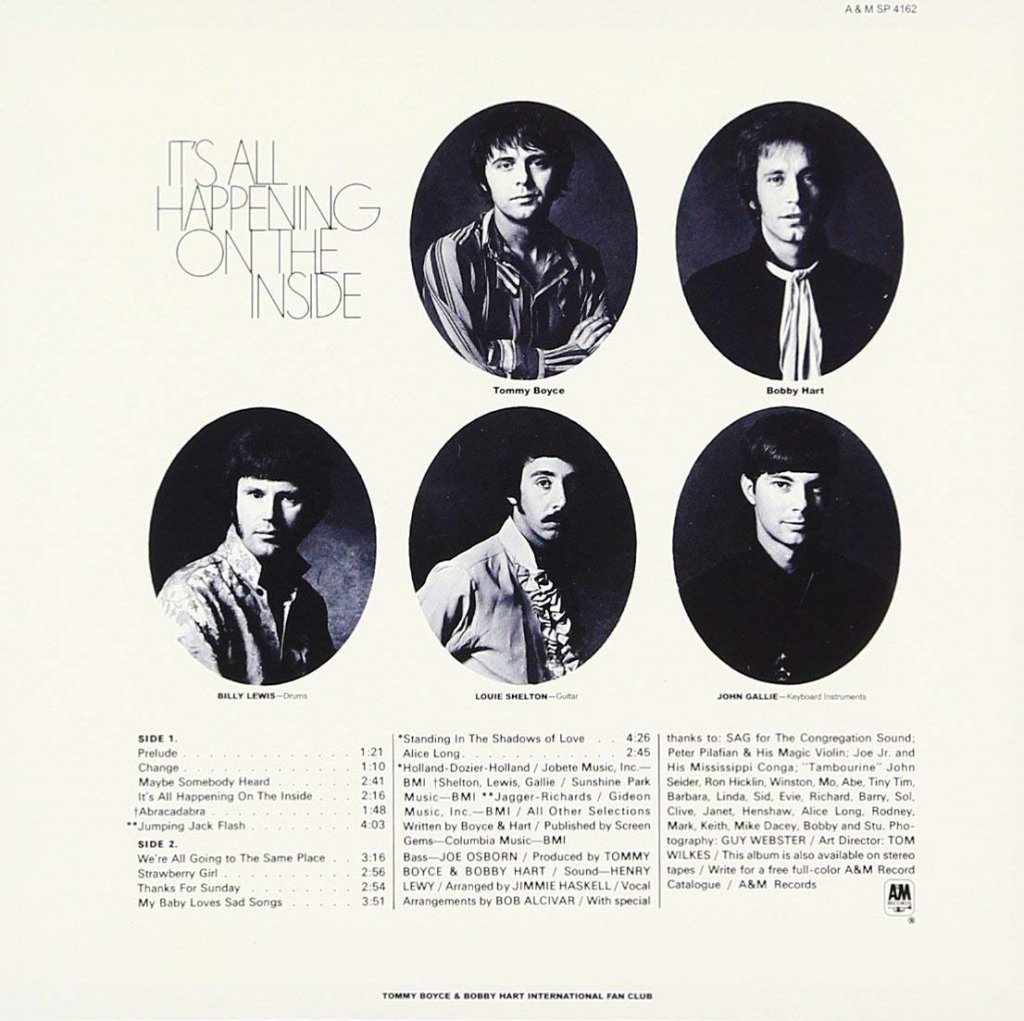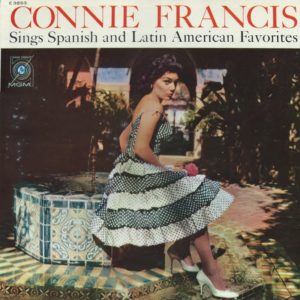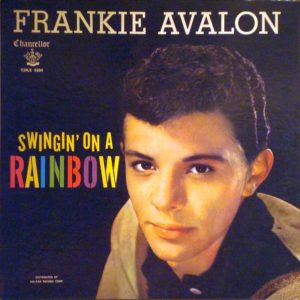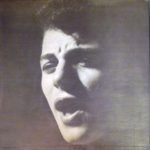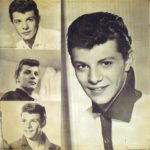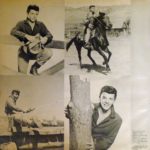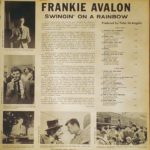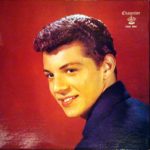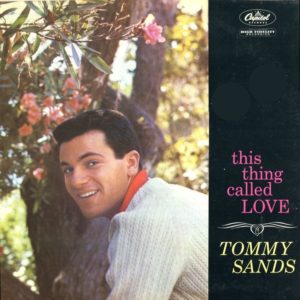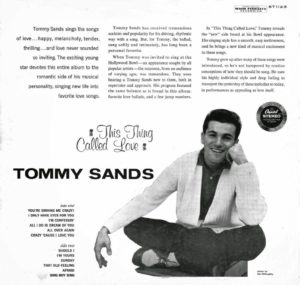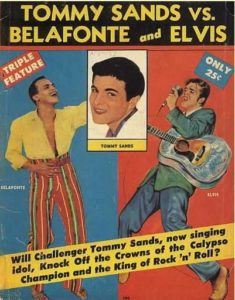Check my other comments for biographical detail on Trini Lopez.
This was Trini’s third album.
Trini was riding high in 1964.
He had hit it big the previous year and become an overnight sensation (despite being in the music business professionally for six years) with "If I Had a Hammer" (#3 Pop 1963) and Kansas City" (#23 Pop 1963).
His popularity was such that he had even managed to chart his albums (“Trini Lopez at PJ's” (#2 Billboard 200 1963) and “More Trini Lopez at PJ's” (#11 Billboard 200 1963)) which few pop acts did. The high charting albums indicated (at the time) that his audience wasn’t just teenagers (teenagers bought singles, grownups bought albums in those days before rock became the norm). Certainly, very few pop and rock acts charted both in the Top 10s.
Trini did, though I suspect his audience was mainly twenty somethings and older (Sinatra was a fan).
His folk rock go-go sound was hip, lean and full of beat.
Perfect for dancing and toe tapping.
His Latin roots helped as the Latin kick in exotica, lounge and rock and pop music was still very popular.
“His next club gig was at PJ’s in Hollywood. Hired for three months, he stayed a year and a half. Frank Sinatra, who was Trini’s idol, used to frequent PJ’s. Sinatra liked Trini’s act and signed him to his label, Reprise Records for a term of eight years. Mr. Sinatra assigned his own producer, Don Costa, to produce Trini’s first album. Don decided to record the album live at PJ’s to capture the excitement that Trini was generating. The album was an immediate hit. The first single, “If I Had a Hammer,” became number one in 25 countries and the album spent 48 weeks in the national Top 40. Trini picked his own material and says that he recorded folk songs like “If I Had a Hammer,” “This Land Is Your Land,” and “Lemon Tree,” because folk music was what was happening in the early 60’s, with groups like The Kingston Trio and The Limeliters enjoying great success. This was also the era that spawned Bob Dylan, Joan Baez, and Peter, Paul and Mary. Trini took folk songs he liked, electrified them and added a Latin flavor. The public ate it up”. https://markguerrero.net/14.php
This album follows the same path as his first two.
There are still old folk tunes, new tunes that sound like old folk tunes, some rural rock, and, naturally enough, some Latin tunes but whereas the earlier albums favoured the folk pop rock, the mix here is more even between the genres.
Also, the album is recorded "live" though I don't know if it is a real “live” album. The first album (perhaps the first two) was recorded live with the club floor miked to get the crowd reaction on the record (apparently) though at the time there was a trend to do faux live albums also (ironically some of the popularity for that was a result of Trini’s first album which was a big smash). This album has audience hand claps and audience (chicks) singing along. Whether they are authentic, or from a studio recording or a bit of both (live with claps and sing-along vocals added in the studio) I don't know. I'm not sure where this album fits in, real or faux. The sound is sure crisp though.
If I had to bet I'd say it's faux live.
I do note that Sinatra and Reprise records (Sinatra’s label) regular Don Costa produces (or rather Don Costa productions produces) as he did Trini’s first two albums. The “productions” rather than “produced by” may indicate a live album recorded by engineers.
I assume Trini's backing group play on the record. The great David Shriver on bass (he was a touring member of Eddie Cochran's backup band The Kelly Four) and (the equally great) Mickey Jones on drums.
If not, I’d be surprised.
And, finally, any album with liner notes by Rod McKuen can’t be bad.
Tracks (best in italics)
Side One
- Jailer, Bring Me Water – (Darin) – Recorded by Bobby Darin for his "Things and Other Things" (1962) album. It was covered by the not dissimilar (to Trini) Johnny Rivers in 1965.
- Cotton Fields – (Ledbetter) – Originally by the songs author Leadbelly (1947) this has been done by everyone and was a particular favourite in folk and country circles. Trini starts it off with his trademark ""Hu-oi" yelp.
- Bye Bye Love – (B. Bryant, F. Bryant) – The big Everly Brothers hit from 1957 (#2 Pop, #1 Country US). A pretty straight version.
https://en.wikipedia.org/wiki/Bye_Bye_Love_(The_Everly_Brothers_song)
- Irresistible You – (Faye, DePaul) – This is very Bobby Darin and clearly based on his 1961 recording which was a hit single (#15 Pop US) and on the excellent album, "Twist With Bobby Darin" (1961), A good version (with some tasty guitar) though not as good as the Bobby belter.
- What Have I Got Of My Own – (Herring, Sawtell) – First recorded by Trini though The Standells did a version later in 1964. (The Standells had played PJs night club in Los Angeles, after, or about the same time as Trini). A excellent song.
- This Little Girl Of Mine – (Charles) – First done by Ray Charles in 1955 this was often covered including by the The Everly Brothers in 1958 (#26 Pop, #4 Country US). A great song. Trini puts in a engaging but not stellar version. There is some nice guitar in there (though it doesn't sound like Trini) https://en.wikipedia.org/wiki/This_Little_Girl_of_Mine
Side Two
- Ya Ya – (Robinson) – The song was written by Dorsey, Clarence Lewis, Morgan Robinson, and Morris Levy and first done by Lee Dorsey in 1961. Catchy.https://en.wikipedia.org/wiki/Ya_Ya
- You Can't Say Good-By – (Lopez) – a frantic rocker and quite good and quite at odds with the rest of the album.
- Medley: Ay! Jalisco, No Te Rajes – (Keperon, Cortazer) / (Alla En) El Rancho Grande – (Costello, Uranga, Del Moral) – Both songs are (famous) Mexican ranchera songs with mariachi influences and loads of Mexican rural folk flavour. You can tell Trini enjoys singing this
https://en.wikipedia.org/wiki/%C2%A1Ay,_Jalisco,_no_te_rajes!
https://en.wikipedia.org/wiki/All%C3%A1_en_el_Rancho_Grande_(song)
- The Lonesome Road – (Austin, Shilkret) – a old song from the 20s with folky blues influences that has been done by everyone. So so.https://en.wikipedia.org/wiki/The_Lonesome_Road
- Wherever You Are – (Zeller) – probably recorded by Trini first. Phil Zeller was a lyricist who worked with Trini and with Sinatra around the time. Quite good pop.
And …
A strangely subdued Trini set but fun regardless … I'm keeping it.
Chart Action
US
Singles
1964 Jailer, Bring Me Water #94 Pop
1964 What Have I Got of My Own #31 Pop
Album
1964 #32
England
nothing
Sounds
Jailer, Bring Me Water
live
https://www.youtube.com/watch?v=DoKHypCuRus
Cotton Fields
https://www.youtube.com/watch?v=e1a_vvTuDMg
Bye Bye Love
https://www.youtube.com/watch?v=sIWwqsPIQ9s
Irresistible You
https://www.youtube.com/watch?v=_eixfIxOgqc
What Have I Got Of My Own
mp3 attached
This Little Girl Of Mine
https://www.youtube.com/watch?v=ubNBkJZ_9s0
Ya Ya
https://www.youtube.com/watch?v=814yDhzt6eY
You Can't Say Good-By
https://www.youtube.com/watch?v=pNKmpb0G0zA
Medley: Ay! Jalisco, No Te Rajes (Alla En) El Rancho Grande
https://www.youtube.com/watch?v=94BFcX_ldpQ
The Lonesome Road
https://www.youtube.com/watch?v=Ly3Mhej_6gI
Wherever You Are
https://www.youtube.com/watch?v=YPbKYase2N8
Others
Whole concert 1964
https://www.youtube.com/watch?v=SXmOfDX0m10
Review
—
Bio
http://en.wikipedia.org/wiki/Trini_Lopez
https://en.wikipedia.org/wiki/Don_Costa
https://davidshriver.webs.com/
https://en.wikipedia.org/wiki/Mickey_Jones
Website
Trivia
—
RIP Mickey Jones 1941 – 2018

